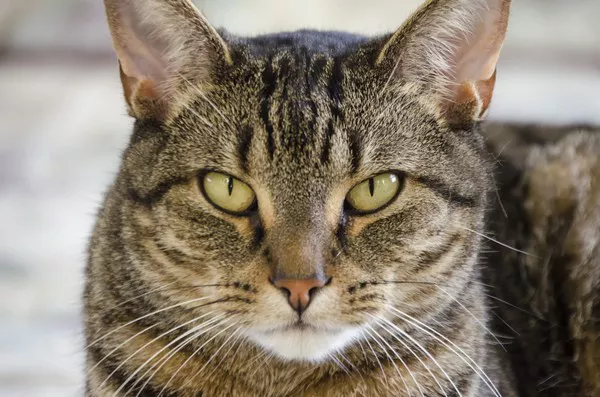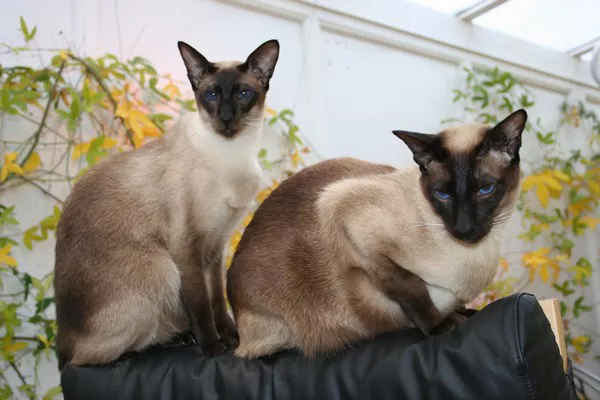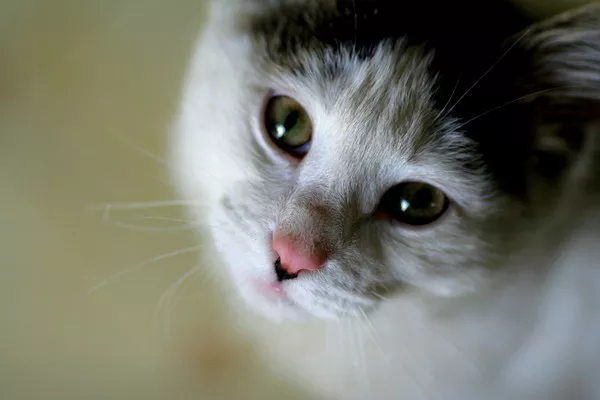Many cat owners have pondered the idea of creating homemade cat food for their beloved feline companions. Whether it’s to ensure the quality of ingredients, cater to specific dietary needs, or simply as a labor of love, the prospect of crafting nutritious meals at home can be enticing. However, before embarking on this culinary journey, it’s essential to understand the intricacies of feline nutrition, dietary requirements, and the potential benefits and risks associated with homemade cat food.
Understanding Feline Nutrition
Cats are obligate carnivores, meaning they require a diet primarily composed of animal-based protein to thrive. Unlike omnivores, such as dogs and humans, cats have specific nutritional needs that must be met to maintain optimal health. Proteins, amino acids, vitamins, and minerals found in meat are essential for various physiological functions in cats, including muscle maintenance, immune function, and overall well-being.
In addition to protein, cats require essential nutrients such as taurine, vitamin A, arachidonic acid, and fatty acids like omega-3 and omega-6 for proper growth and development. These nutrients are typically found in animal tissues and are crucial for maintaining healthy eyesight, skin, coat, and organ function.
Benefits of Homemade Cat Food
One of the primary reasons cat owners consider making homemade cat food is to have more control over the ingredients and quality of their pet’s diet. Commercial cat foods may contain fillers, preservatives, and artificial additives that some owners prefer to avoid. By preparing meals at home, owners can select high-quality, human-grade ingredients and tailor recipes to their cat’s specific dietary needs and preferences.
Homemade cat food also allows for greater customization based on factors such as age, weight, activity level, and any existing health conditions. For cats with food sensitivities or allergies, homemade diets can provide relief from symptoms associated with commercial pet foods containing potential allergens or irritants.
Additionally, some owners find that preparing homemade cat food fosters a deeper bond with their pet and provides a sense of satisfaction knowing they are nourishing their cat with wholesome, nutritious meals made with care and attention to detail.
Considerations Before Making Homemade Cat Food
While homemade cat food offers potential benefits, it’s essential to approach this endeavor with caution and careful consideration. Unlike dogs, which may tolerate a more varied diet, cats have specific dietary requirements that must be met to prevent nutritional deficiencies or imbalances. Failure to provide essential nutrients in the correct proportions can lead to serious health issues over time.
Before transitioning to homemade cat food, consult with a veterinarian or veterinary nutritionist to ensure that the proposed diet meets all of your cat’s nutritional needs. They can provide guidance on recipe formulation, ingredient selection, and supplementation to address any potential gaps in the diet.
Additionally, be prepared to invest time and effort into meal preparation, as homemade cat food requires careful planning, portioning, and storage to maintain freshness and nutritional integrity. It’s essential to follow food safety practices to minimize the risk of contamination and spoilage, especially when handling raw meat and other perishable ingredients.
Recipe Ideas and Guidelines
When creating homemade cat food, aim to replicate the nutrient profile of a balanced commercial cat food to ensure your cat receives all the essential nutrients they need. A basic homemade cat food recipe typically includes a combination of cooked protein sources (such as chicken, turkey, or fish), a small amount of carbohydrates (such as cooked rice or oats), and essential fatty acids (such as fish oil or flaxseed oil) to provide omega-3 and omega-6 fatty acids.
Here’s a simple homemade cat food recipe to get you started:
Ingredients:
- 1 pound boneless, skinless chicken thighs or breast
- 1 cup cooked brown rice or oatmeal
- 1 tablespoon fish oil or flaxseed oil
- 1/4 teaspoon taurine powder (optional, but recommended)
- Water for cooking
Instructions:
Cook the chicken in water until fully cooked and tender. Remove from heat and allow to cool.
Shred or chop the cooked chicken into small, bite-sized pieces.
Cook the brown rice or oatmeal according to package instructions and let cool.
In a large mixing bowl, combine the cooked chicken, cooked rice or oatmeal, fish oil or flaxseed oil, and taurine powder (if using). Mix well to ensure all ingredients are evenly distributed.
Portion the homemade cat food into serving-sized portions and store in airtight containers in the refrigerator or freezer.
Feeding Guidelines
When feeding homemade cat food, it’s essential to monitor your cat’s weight, body condition, and overall health regularly. Follow feeding guidelines provided by your veterinarian or veterinary nutritionist, and adjust portion sizes as needed to maintain your cat’s ideal weight and condition.
Keep in mind that homemade cat food should not replace veterinary care or regular check-ups. Your veterinarian can assess your cat’s health and make dietary recommendations based on their individual needs and circumstances.
See Also: Can Cats Eat Tuna, Salmon, or Sardines?
Conclusion
While the idea of making homemade cat food may seem appealing, it’s essential to approach this endeavor with careful consideration and guidance from a veterinary professional. By understanding the nutritional needs of cats, considering the potential benefits and risks of homemade diets, and following appropriate guidelines and recipes, cat owners can provide their feline companions with nutritious, balanced meals tailored to their specific needs and preferences.



























